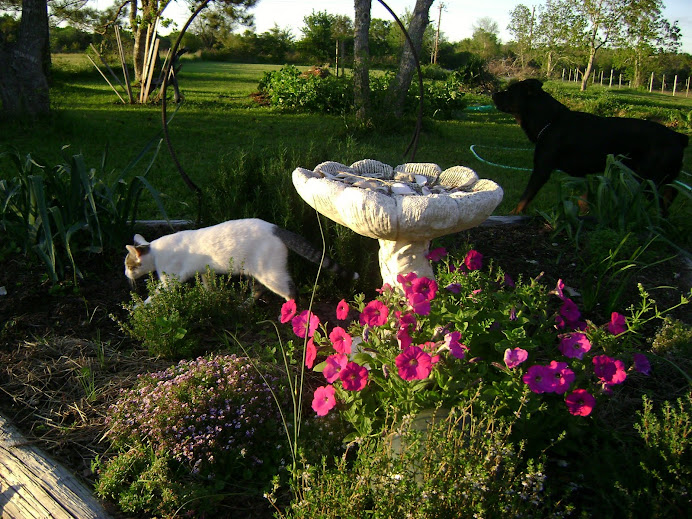Only a little over 20% of all corn grown in the U.S. is NOT contaminated by GMO.
If you might be interested in growing your own heirloom corn that is rapidly close to extinction, I invite you to share our journey.
In a previous article I’ve written “The Beauty of The Native American Garden” I share tips and techniques to help you get started.
If you are not a gardener, but seeking non-gmo food sources, I would begin by finding a local farmer that does.
If you are not a gardener, but seeking non-gmo food sources, I would begin by finding a local farmer that does.
Homesteading skills include knowing how to process what you grow and what it can be used for. Corn is a bountiful staple with many uses.
The first settlers came to America and learned how to grow corn from our Native American brothers and sisters. We can continue the journey by rediscovering all of its uses.
Grandson learning how to use the Mill
Many people know Indian Corn can be milled into flour. We use a simple cast iron hand crank mill that attaches to the counter top.
For our homestead it is also cracked for a non-gmo supplemental feed during the winter months for our flock.
What many do not know about Native American Corn is that it is eaten fresh on the cob before it begins to change colors.
The corn will be tender and milky inside. Not so sweet as a hybrid sweet corn, but sweet non the less.
We've enjoyed wrapping and roasting our corn on the fire pit. By adding a tiny bit of butter and salt, you simply can't beat it.
Once the corn begins to change in color it will become tough. This is when you simply let it finish drying on the stock before harvesting.
The dried corn is used for making cornbread, corn grits, hush puppies, tamales and several other southern favorites in our kitchen.
Let's NOT forget those fish fries! Like everything else that comes fresh from the garden, you've not tasted real corn until you've grown some.
Happy Gardening!
Pammy









































Actually I think the Native Americans made corn into a GMO. It really used to be a small grass, before they cultivated it by crossing larger individuals with each other. That's kind of cool. However if this info hurts your site, I understand if you want to delete it. :)
ReplyDeleteIt's always a good topic of conversation!! I think you might mean that they had bred it for certain traits and lots of the corn cross bred naturally as well. Wouldn't be the same as what they've done with GMO today. Thanks for responding ;)
Delete